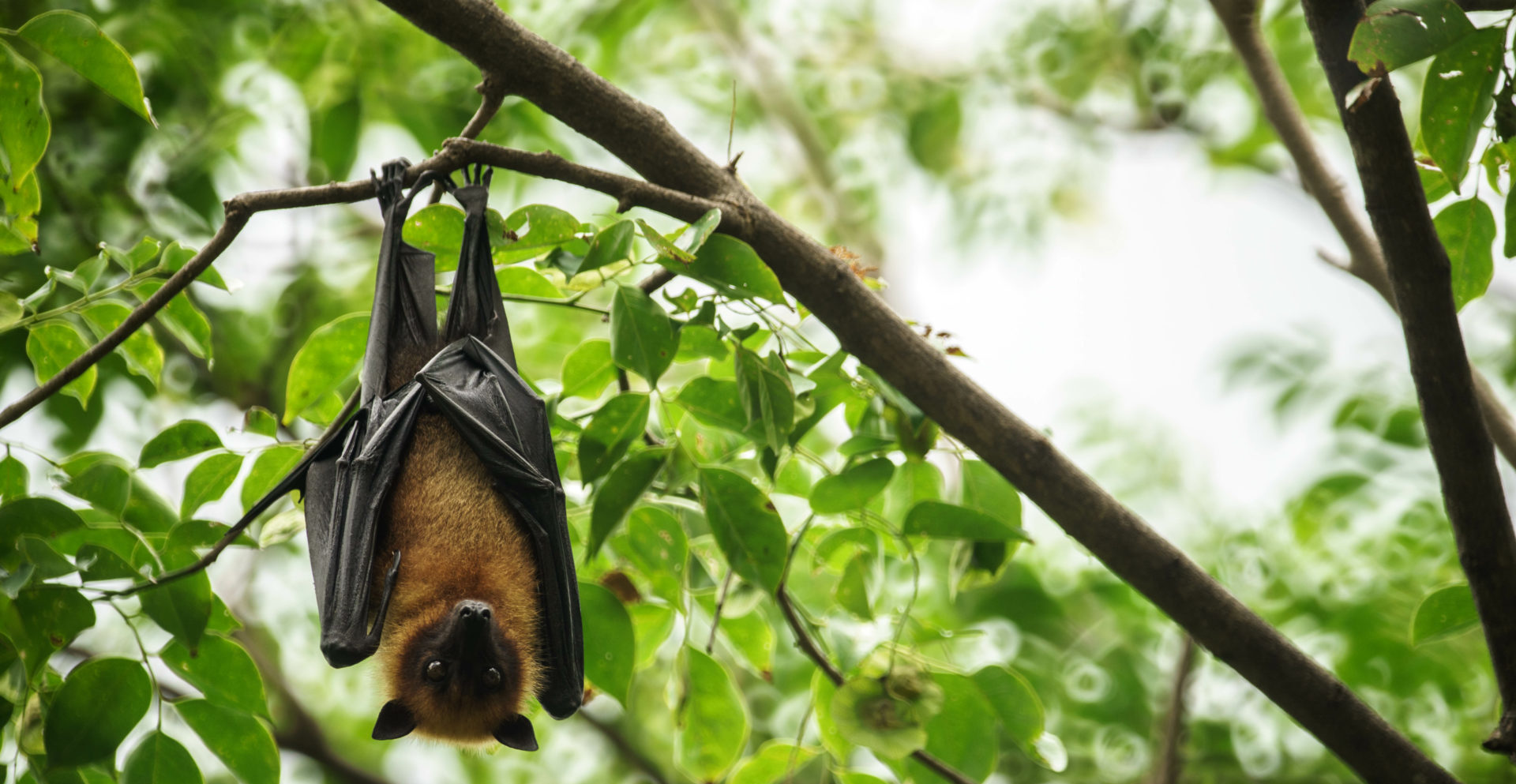
Zoonotic disease emergence is closely linked to global population growth. Animal-to-human viral spillovers are increasing because the growing human population is encroaching on wildlife habitats and exploiting wild and domesticated animals on a massive scale. Adding ever more humans and livestock to a finite planet, combined with increasing movement of people around the world, raises the risk of pandemics.
It took thousands of years for human numbers to reach 1 billion (in 1804) and just 218 more reach 8 billion (in 2022). Although the rate of growth is slowing, human population growth could continue into the next century, depending on fertility rates in the next few decades. The United Nations medium-fertility projection shows the global population increasing to 8.5 billion in 2030 and 9.7 billion in 2050, eventually peaking at 10.4 billion in the 2080s.
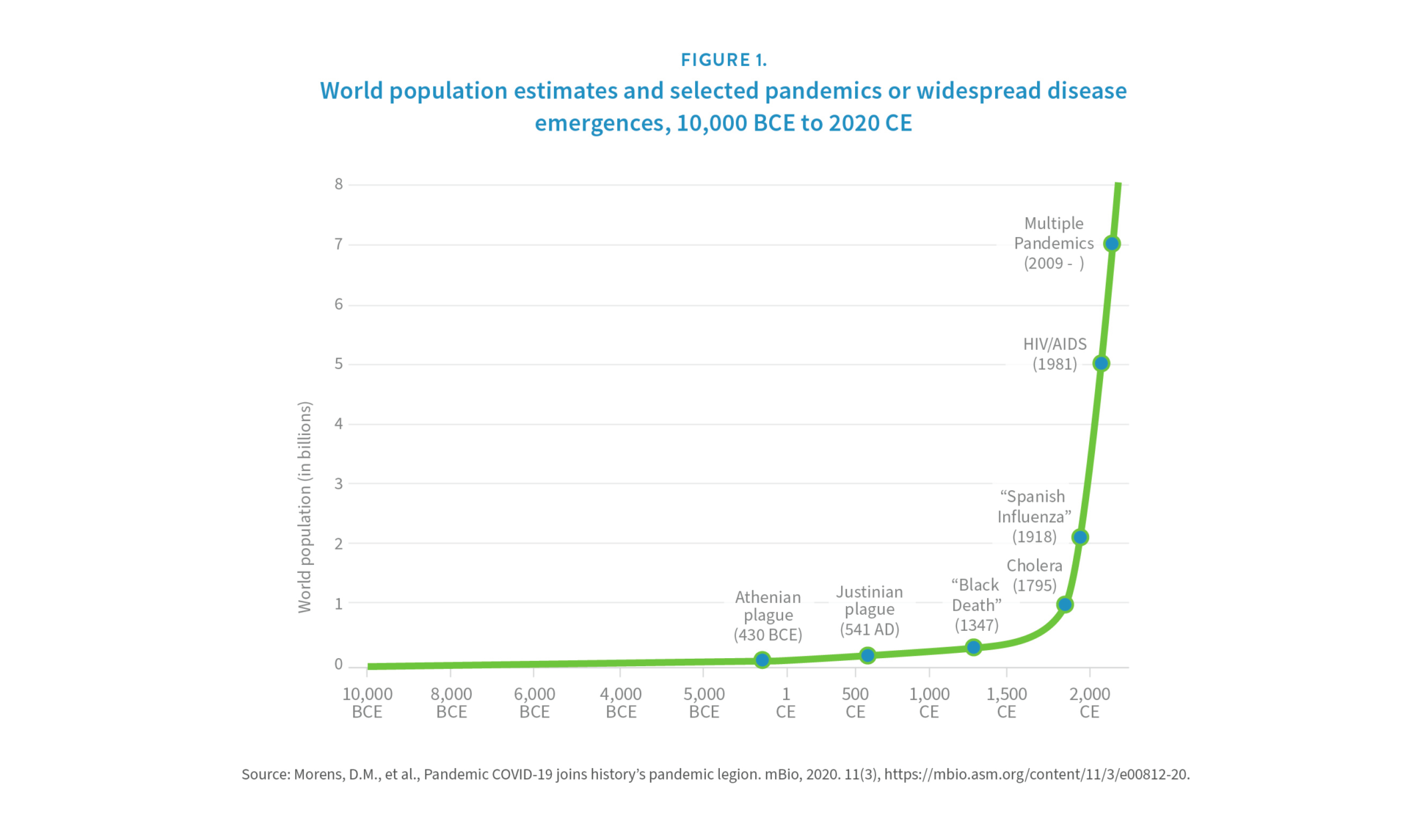 Until humans change the way we produce food and energy, population growth will remain a driver of deforestation, habitat loss, and climate change—three challenges that amplify the threat of zoonotic disease outbreaks. The human activities most likely to put people at risk of contracting zoonoses include uncontrolled wildlife trade, intensive animal agriculture, habitat destruction, deforestation and other land use changes, antimicrobial resistance, and climate change.
Until humans change the way we produce food and energy, population growth will remain a driver of deforestation, habitat loss, and climate change—three challenges that amplify the threat of zoonotic disease outbreaks. The human activities most likely to put people at risk of contracting zoonoses include uncontrolled wildlife trade, intensive animal agriculture, habitat destruction, deforestation and other land use changes, antimicrobial resistance, and climate change.
Population growth and food production has driven human encroachment into wildlife habitats. This brings humans (and their livestock) into contact with wildlife and the diseases they harbor.
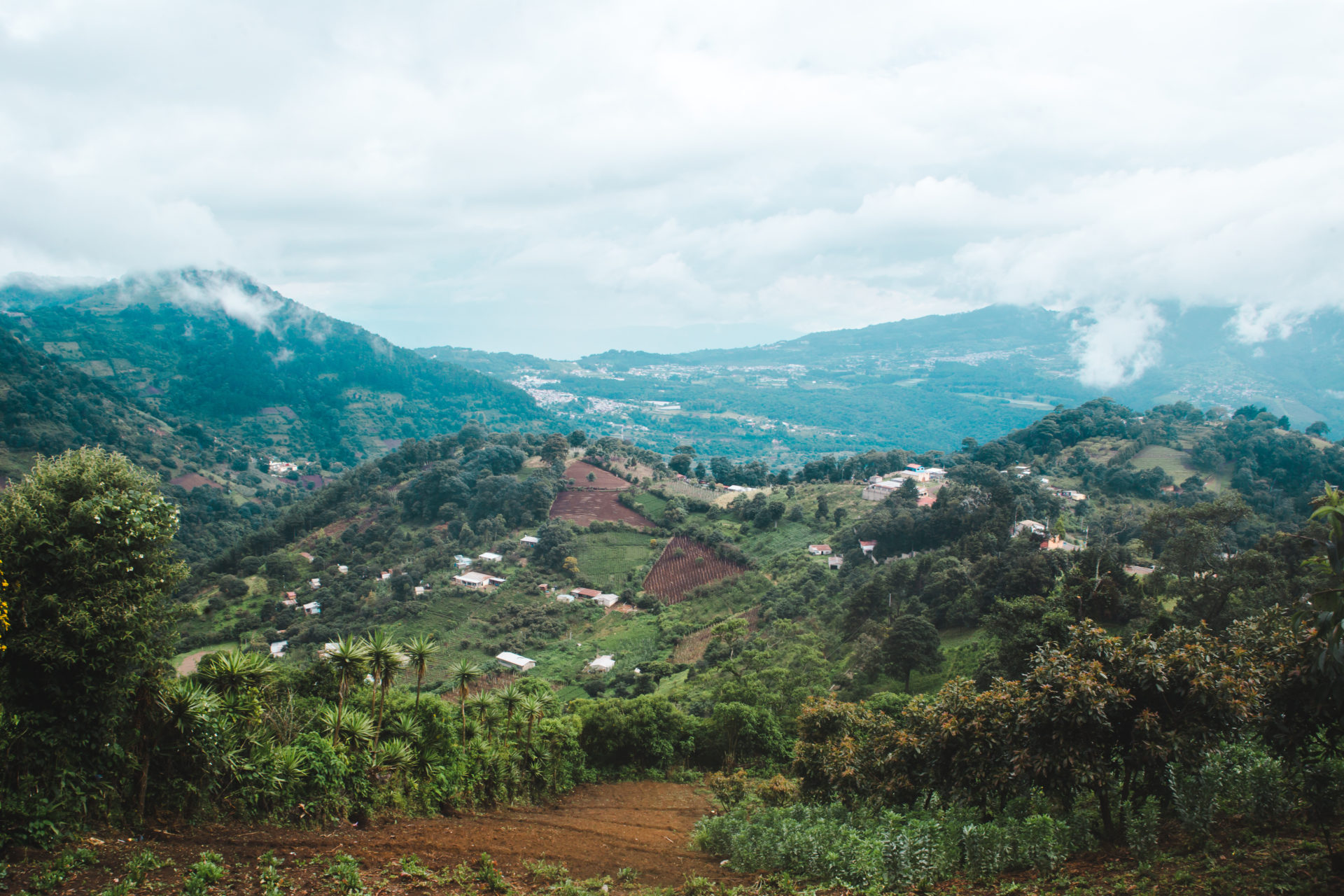
Human activities like deforestation increase the risk of future pandemics. They also accelerate climate change, which is a driver of infectious disease spread in a variety of ways, including by expanding or altering the geographical range of disease vectors like rodents and mosquitos.
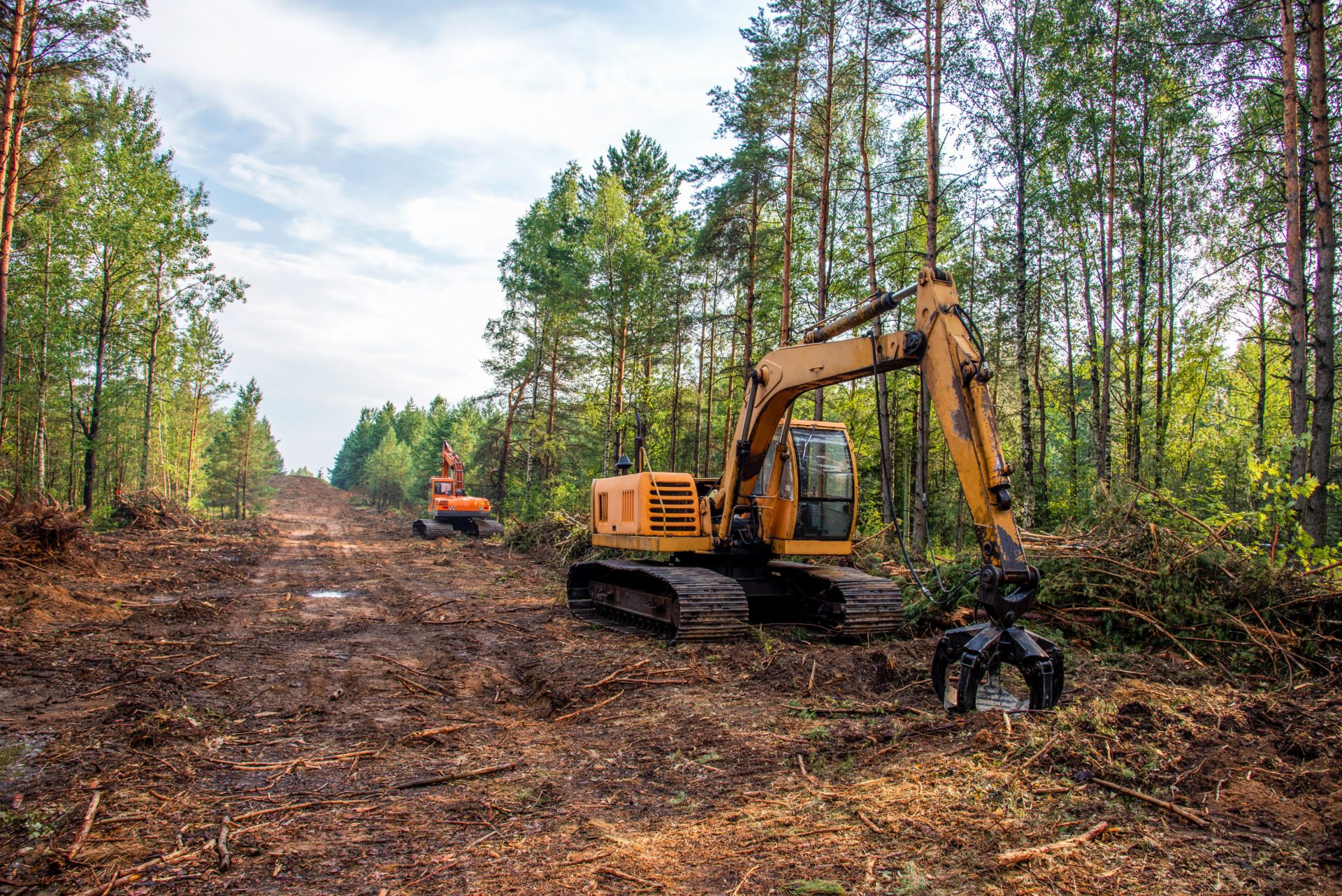
Special pandemics issue of our quarterly magazine
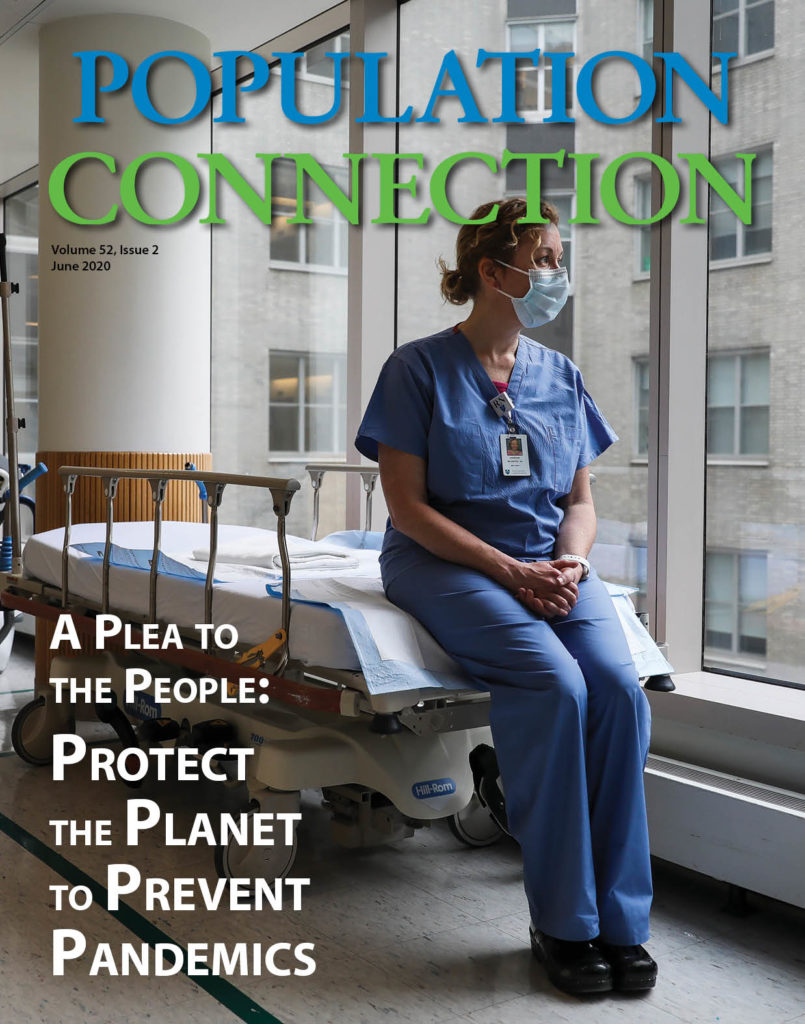
Volume 52, Issue 2
June 2020
We humans have pushed our way into all types of habitats, forcing interactions with wildlife that harm them and us; gathered up the exotic species that people will pay top dollar to eat and stacked them in cages to bleed and defecate on each other in wet markets; and farmed them in cruel, unsanitary conditions that allow livestock feces to find its way into our food and water.
Why are we pushing into wildlife habitats? Because we are driven to consume more space to build communities, more natural resources to sustain our lives and livelihoods, more wild game to feed more people. In short, because of rapid human population growth. Which is the same reason we’ve taken to farming livestock in such horrific conditions. We’re no longer eating meat produced at our local family-run farms. We’re eating meat that’s been factory farmed, sometimes thousands of miles away, in huge, depressing feedlots—because that’s the only way to produce enough of it for our massive population, which still grows by tens of millions of people a year.
Read the full issueRead More
Pandemics Slide Deck
This resource explores the links between human activities and zoonotic disease emergence. The presentation slides use a case study from the Amazon rainforest to argue that population growth, intensified agriculture, habitat loss, wildlife trade, and climate change create the conditions necessary for viral animal-to-human spillover. Recognizing that human interaction with the natural environment must change in order to prevent the next pandemic, a One Health approach to land use and conservation is introduced as one potential solution.
Pandemics Info Brief
This info brief explores the links between human activities and zoonosis—including global wildlife trade, intensified agriculture, habitat destruction, and deforestation—and highlights the role of integrated developmental approaches like One Health and Nature-based Solutions (NbS) in reducing the risk of new disease emergence and creating better health outcomes for people and the planet.
